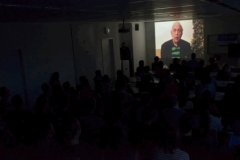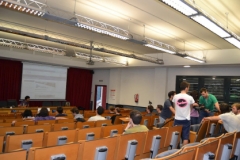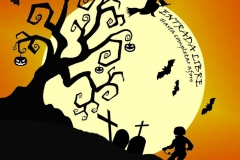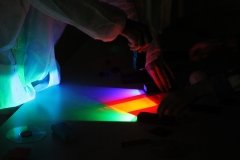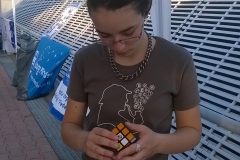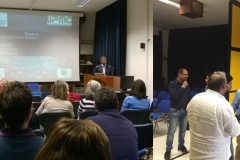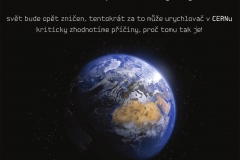 The principal motivation for Mythbusters project was to demonstrate that lots of widely spread information based on interpretation of various physical phenomena and technological advances
The principal motivation for Mythbusters project was to demonstrate that lots of widely spread information based on interpretation of various physical phenomena and technological advances
are misguiding and in many cases not even completely true.
But since most of these claims exploit the scientific terminology while using purely non-scientific methods, it may seem trustworthy. This confusion might lead to lowering the trust of scientific
work accuracy and moreover induce the panic among the general public.
In order to dispel these fears we prepared an informal seminar to discuss one of the popular video about the so-called connection between the research conducted at the Large Hadron Collider in
CERN and its consequences on increasing number of recent natural disasters, such as infamous earthquake in Nepal. The reason behind choosing topic of research in CERN is due to the fact,
that many of us do their study there.
During the seminar this particular video was screened, accompanied by our presentation about mentioned misused physical phenomena together with their correct explanation. For that reason,
we also prepared the subtitles both in Czech and English.
This event turned out to be quite popular among the audience, consisting mostly of young students of our faculty. It took place during the “Faculty Open Night” (November 2, 2015), an evening
where research done at our institution is presented among students and general public. We decided to repeat this screening three times during the evening due to the huge demand.
During each presentation, the conference room was fully occupied. In total, there was 75 participants which exceeded our initial expectations. According to the feed-back, students enjoyed
such activity and lots of them expressed the interest in similar screening. We are considering organising another screening focused on different topic.
[nggallery id=1]

